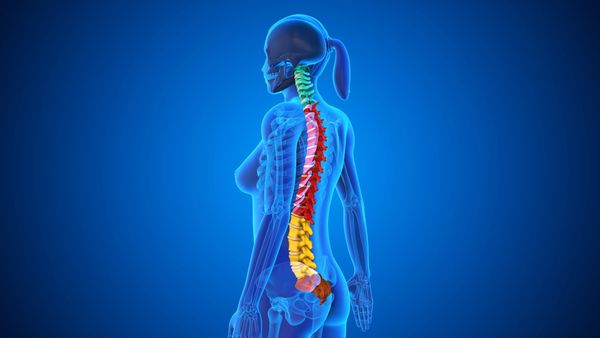Medial Branch Blocks

Introduction
Medial Branch Blocks (MBB) are diagnostic and therapeutic injections designed to target the medial branches of the spinal nerves, which transmit pain signals from the facet joints in the spine. These injections are used to diagnose the source of pain and, in some cases, provide temporary relief for neck, mid-back, and lower back pain. MBBs are diagnostic injections commonly performed in preparation for radiofrequency ablation (RFA) procedures to ensure that the facet joints are the source of the pain.

Sites of Medial Branch Blocks
Cervical MBB (Neck):
- Indications: Chronic neck pain, headaches originating from cervical facet joints, and whiplash-associated disorders.
- Target: Medial branches of cervical spinal nerves innervating the cervical facet joints.
Thoracic MBB (Mid-Back):
- Indications: Mid-back pain caused by facet joint arthropathy, trauma, or postural abnormalities.
- Target: Medial branches of thoracic spinal nerves innervating the thoracic facet joints.
Lumbar MBB (Lower Back):
- Indications: Lower back pain stemming from degenerative changes, facet joint arthritis, or mechanical stress on the lumbar spine.
- Target: Medial branches of lumbar spinal nerves innervating the lumbar facet joints.

Purpose and Therapeutic Role
- Diagnostic Role: MBBs help confirm that the facet joints are the source of pain by temporarily interrupting the pain signals transmitted by the medial branch nerves.
- Therapeutic Role: MBBs can provide temporary pain relief for patients whose pain originates from facet joints, allowing them to resume normal activities or participate in physical therapy.
- Preparation for Radiofrequency Ablation: If MBBs provide significant pain relief, the patient is deemed a candidate for RFA, which offers longer-lasting relief by deactivating the medial branch nerves.

Medications Used in Medial Branch Blocks
- Local Anesthetics: Lidocaine or bupivacaine to numb the medial branch nerves and provide temporary pain relief.
- Corticosteroids (optional): Sometimes used to reduce inflammation and prolong the pain-relief effect.

How the Procedure is Done
Preparation:
- The patient’s medical history and imaging studies (e.g., X-rays, CT scans, or MRIs) are reviewed to confirm the location of the pain source.
- The patient is positioned to allow easy access to the targeted area (prone or lateral position).
Procedure:
- The skin over the injection site is cleaned with an antiseptic solution.
- A local anesthetic is applied to numb the skin.
- Using fluoroscopic (X-ray) guidance, a thin needle is inserted near the medial branch nerves supplying the facet joints.
- A small amount of anesthetic (with or without corticosteroid) is injected.
Post-Procedure:
- The patient is observed briefly for any adverse reactions and can typically return home the same day.

What to Expect During the Clinic Visit
- Consultation: The procedure will be explained, and any questions or concerns will be addressed.
- Preparation: The patient will be prepped in a sterile environment, and vital signs will be monitored.
- Procedure Duration: The injection takes approximately 15-30 minutes.
- Post-Procedure Care: Instructions regarding activity modifications and follow-up will be provided.

Possible Side Effects and Complications
- Mild soreness or bruising at the injection site.
- Temporary numbness or weakness in the targeted area.
- Rare complications include infection, bleeding, or nerve injury.

Onset and Duration of Pain Relief
- Onset: Pain relief from the local anesthetic is immediate but temporary, lasting a few hours.
- Duration: Relief from any corticosteroid component may last days to weeks.
Repeatability
- MBBs can be repeated as needed, typically 1-2 weeks apart, to confirm diagnostic findings or provide interim relief before RFA.
- Repeated injections may also be used for patients who are not candidates for RFA but still benefit from periodic pain relief.

We are here to help you
Medial Branch Blocks are a valuable tool for diagnosing and managing facet joint-related pain in the neck, mid-back, and lower back. These injections provide essential information for planning longer-term treatments like radiofrequency ablation and can also offer temporary symptom relief. At our clinic, we specialize in precision-guided MBB procedures to ensure optimal outcomes. If you’re struggling with chronic spinal pain, we are here to help you find relief and improve your quality of life.
This website uses cookies.
We use cookies to analyze website traffic and optimize your website experience. By accepting our use of cookies, your data will be aggregated with all other user data.